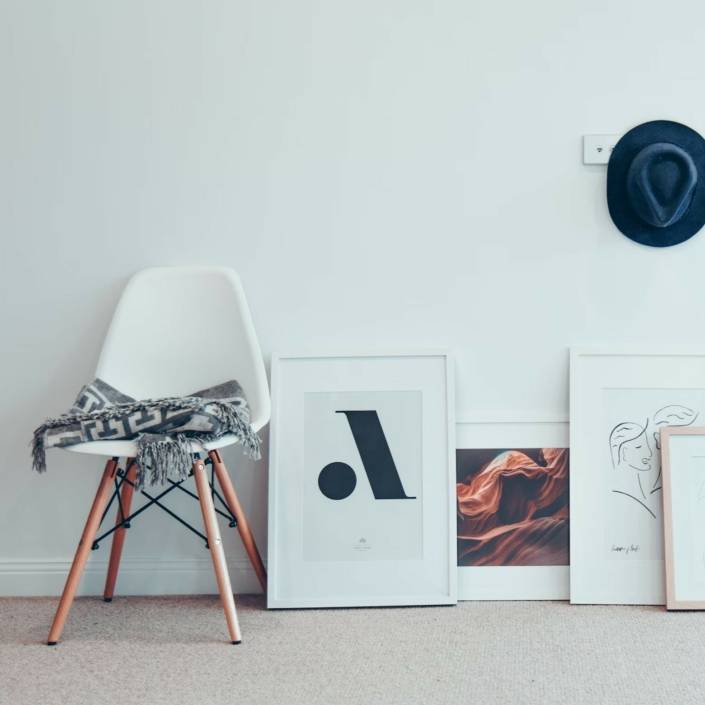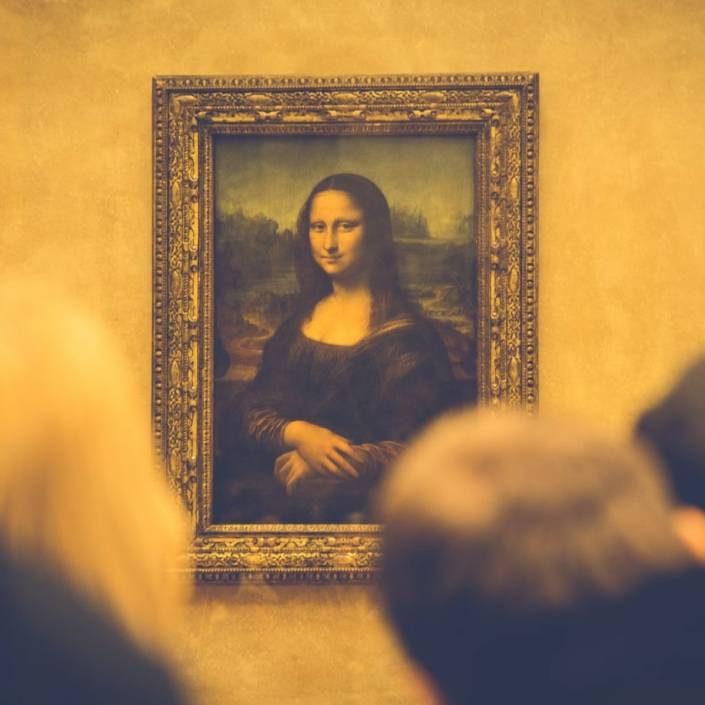Lifecycle of a Collector: Right to copy
Collectors beware: owning a work of art does not mean owning copyright.
Words: Joanna Mendelssohn
THERE IS NO greater pleasure than bringing a new work of art home, to look at it every day, to share its beauty with friends. But there are limits on how widely that artwork can be distributed. You may be the owner of a unique work of art, but that is where your rights begin and end.
When you own a painting, sculpture, photograph, video or other such work, you can decide who gets to see it in the physical sense. It will be your decision to agree to lend it to a major museum for the artist’s retrospective – or not. (Though lending the work may increase its monetary value, so it would be churlish to refuse.) While it may be rude to deny an artist access to work they have made, you as its owner are legally entitled to do so.
But the owner does not have the right to distribute photographs of the work – from projecting images of it on the side of the house, to having it included in a catalogue or magazine article. These restrictions even extend to three-dimensional works, including ceramics and sculpture. The reverse however does not apply. If artists take photographs of their work before it is sold, they can reproduce them to their heart’s content. Welcome to the wild world of artist copyright.
Copyright was originally developed in 18th century England as a protection for writers. In 1886 the Berne Convention enabled worldwide copyright on all creative work, published or unpublished, including works of art. Since 1 January 2005, when the Australia- United States Free Trade Agreement came into effect, copyright lasts until 70 years after the creator’s death. While most dead artists’ copyrights stay within their family, some are held in trust. The publicly spirited Peter Lindsay (the artist Lionel Lindsay’s son) for example, gave his father’s copyright to the National Library of Australia, giving them discretion over the charging of fees.
Many artists join The Copyright Agency (formerly known as Viscopy), whose fees for the use of images of artworks operate on a sliding scale, depending on the purpose of reproduction, size, edition size, length of time on the screen or web presence. Art museums, auction houses and art dealers did not all readily agree to these procedures. In 1998 Ron Radford, then director of the Art Gallery of South Australia, claimed:
“Viscopy, if taken seriously, is anti-contemporary art.” Because the Copyright Act has a “fair dealing” clause to allow works to be reproduced in some circumstances without permission, his fears were unfounded.
Under fair dealing, works can be reproduced for “research or study”, which means that students and researchers do not need permission when it is relevant to a specific lecture or research project. “Criticism or review” means artists cannot prevent reproduction of works of art in reviews, even if that review is unfavourable. “Parody or satire” often appears in the work of cartoonists who manipulate a work of art to give it another meaning. The Canberra Times cartoonist, David Pope, is a master of this technique. “The reporting of news” can also include relevant material from time past. An example of this would be the reproduction of William Dobell’s Archibald Prize portrait of Joshua Smith in a publication on the history of portraiture or on art prizes. The author and title of the work always has to be credited and its presence justified. But obviously, sometimes this is not so straightforward.
In 2000 when Adam Cullen’s portrait of David Wenham won the Archibald, it was widely reproduced in the media. The following year the advertising agency, M&C Saatchi, asked the cartoonist Bill Leak to create a promotional TV advertisement for ABC breakfast radio. To the tones of The Whitlams’ You got to love this city, various images, including football logos and Cullen’s painting, were sketched onto the screen. No one asked Cullen for his permission and when he complained, the response was: “this is a public broadcaster. It is in the public domain.”
Viscopy, representing Cullen, pointed out the standard commercial rate for a TV advertisement of this length was $67,500. M&C Saatchi’s initial response was to send a cheque for $80, but after further negotiation and, because the artist admired the ABC, it was settled for $500.
Cullen then told The Australian: “It was not the money. It was the aesthetic and ethical respect. It’s art, it’s not a random image. Some guy in an expensive suit and a ponytail includes it in an ad, amongst other images – it’s been cretinised into something that has nothing to do with the art’s original conception, production and eventual context.”
Like most things in life, dealing with copyright ultimately comes down to good manners.
This article originally appeared in Art Collector issue 88, APR – JUN, 2019.









